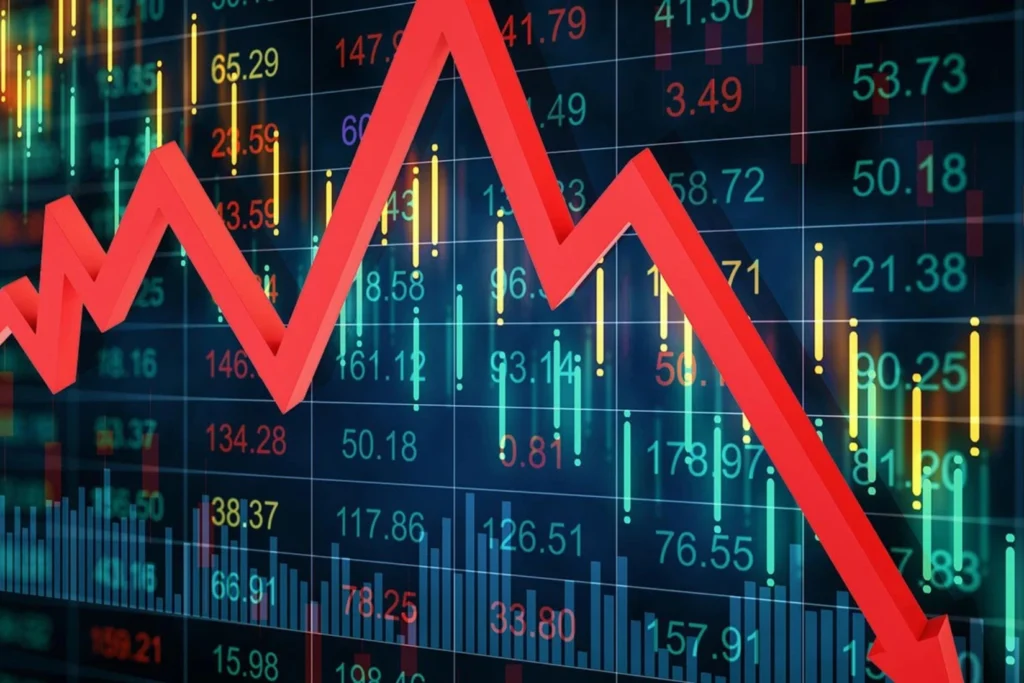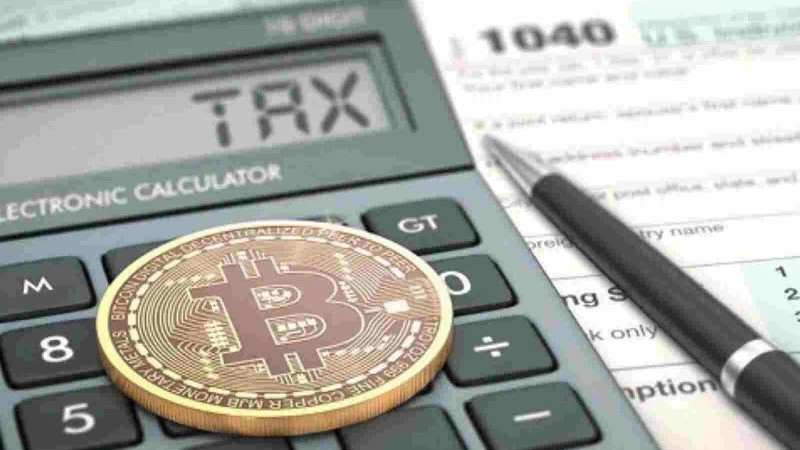Let’s talk about leverage trading—not just the profits or risks, but the legal guardrails that surround it.
While headlines often highlight dramatic wins or losses, what often gets overlooked is this: leverage trading is a highly regulated activity. In some countries, it’s outright banned. In others, it’s limited by strict caps and compliance requirements.
If you’re thinking about trying it, understanding the legal and regulatory framework could save you a lot more than just money.
What Is Leverage Trading (Legally Speaking)?
Leverage trading allows you to open larger positions than your actual account balance by borrowing funds from a broker or platform. Because of the high risk involved, regulators classify this as a high-risk financial product—often grouped under derivatives or margin-based instruments.
Depending on your country or region, leverage trading may fall under the oversight of:
- The SEC or CFTC in the U.S.
- The FCA in the U.K.
- ESMA across the EU
- ASIC in Australia
- MAS in Singapore
Each of these authorities sets limits and conditions on leverage, particularly for retail investors (everyday traders, as opposed to professionals).


Regulatory Limits on Leverage: A Global Snapshot
Here’s how leverage trading is treated in some major jurisdictions:
- European Union (ESMA): Capped at 30:1 for major currency pairs; even lower for crypto, stocks, or commodities.
- United Kingdom (FCA): Similar caps post-Brexit; crypto derivatives are banned for retail traders.
- United States (CFTC/SEC): Strict regulation; leverage for retail forex trading is limited to 50:1 (major pairs), and 2:1 for margin stocks (FINRA rules).
- Australia (ASIC): Retail leverage capped at 30:1 for forex, 5:1 for shares, 2:1 for crypto.
- Singapore (MAS): Requires licensing for brokers; leverage is capped for retail traders, often at 20:1 or lower.
If your broker offers 100x leverage with no questions asked, you should be cautious—they may be operating from a loosely regulated jurisdiction or even entirely offshore.


Legal Requirements for Brokers & Platforms
Reputable platforms are required to:
- Obtain regulatory licenses in each country they serve
- Disclose risks clearly to customers before they trade
- Offer negative balance protection, especially in the EU and U.K.
- Enforce margin calls and stop-outs to prevent excessive losses
- Run KYC (Know Your Customer) and AML (Anti-Money Laundering) checks
If a platform isn’t doing these things, it may not be operating legally—and you may have little legal recourse if something goes wrong.


Legal Risks for Traders
Aside from market losses, here are the regulatory pitfalls traders should be aware of:
1. Trading on Unregulated Platforms
If you trade on an offshore or unlicensed exchange, you may have no legal protection. Your funds could be at risk with no guarantee of recovery.
2. Violating Local Laws
In countries where leverage trading is restricted or banned (like China or parts of India), using offshore platforms may technically violate local financial laws—even if enforcement is rare.
3. Tax Reporting
Leverage trades often result in short-term capital gains or losses. Some jurisdictions require detailed reporting, especially for derivatives or margin trading. Failing to report correctly could lead to penalties.
4. Being Treated as a Professional Investor
In some regions, platforms may label you as a “professional trader” to offer higher leverage. This removes key protections (like balance protection or dispute resolution rights).

What Regulators Are Trying to Prevent From Leverage Trading
Governments and financial regulators restrict leverage trading not to block profits—but to protect retail investors from outsized risk. The concerns are well-founded:
- Leverage turns small market moves into huge account swings
- It encourages risky behavior and overconfidence
- Losses can exceed deposits without safeguards
- Retail traders often don’t fully understand margin mechanics
In short, leverage trading is often limited, not outlawed—but those limits exist for your protection.
Should You Try Leverage Trading?
Only after considering both financial and legal consequences.
Here’s a safe checklist:
- Is the platform licensed in your country?
- Do you understand margin calls and liquidation thresholds?
- Are you aware of your tax obligations for trades?
- Have you read the platform’s terms and risk disclosure?
- Do you know how to file a dispute if something goes wrong?
If not, you may want to pause and research further. Legal clarity is part of smart trading.
Final Thoughts: Trade Within the Rules
Leverage trading isn’t illegal—but it is tightly controlled. Regulators around the world have taken steps to protect traders from losing more than they can afford and from being misled by shady platforms.
So before you enter your first high-leverage trade, ask not just:
“Can I profit?”
But also:
“Am I allowed—and protected—by the laws where I live?”
The bottom line? Stay informed, stay compliant, and trade with a clear legal foundation.
Relevant Link : Leverage Trading for Beginners: What It Is, How It Works, and What to Watch Out For



